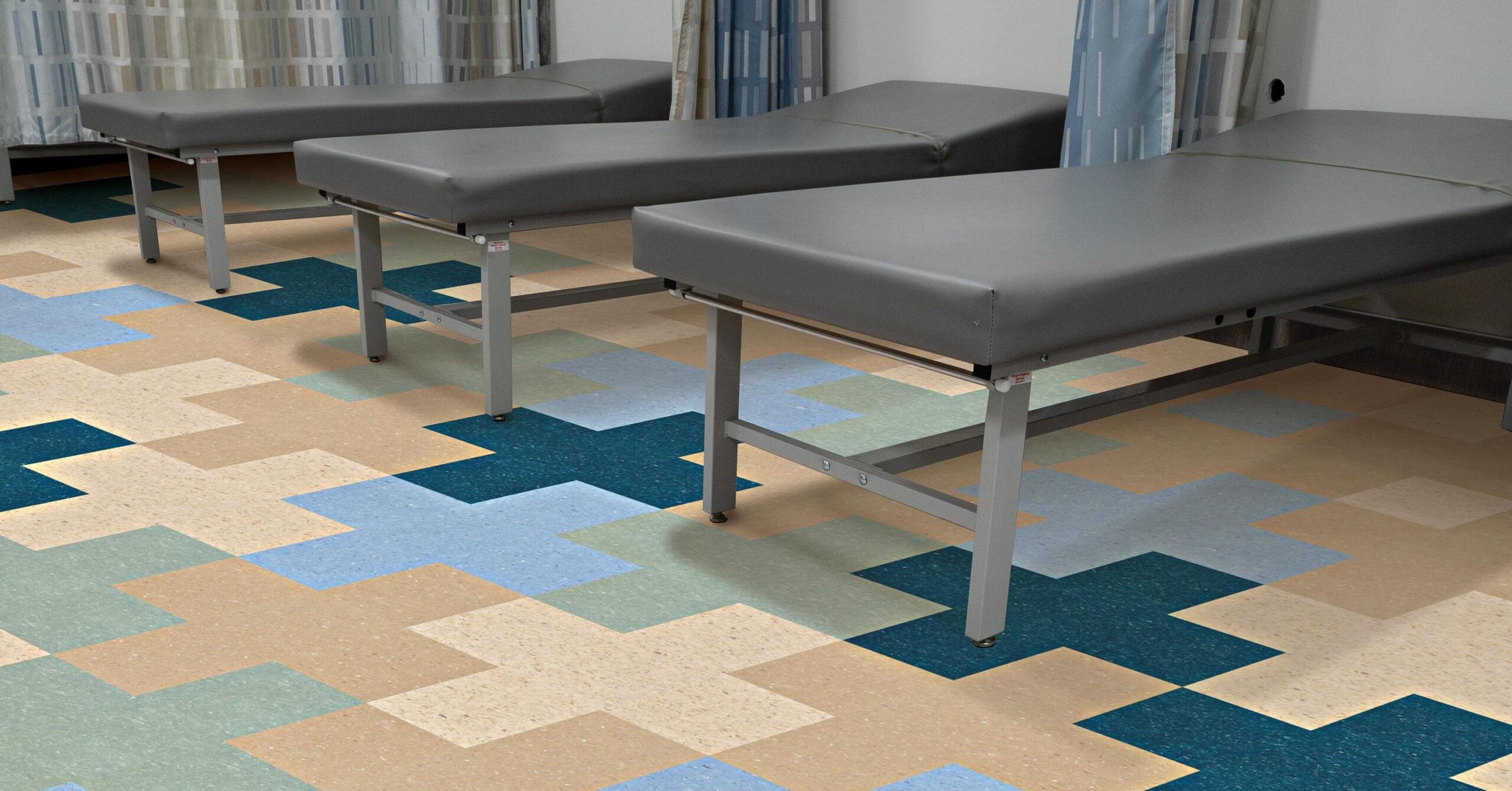Are you curious to know what is VCT tile? You have come to the right place as I am going to tell you everything about VCT tile in a very simple explanation. Without further discussion let’s begin to know what is VCT tile?
When it comes to flooring options, there is a plethora of choices available, but one that stands out for its versatility, affordability, and durability is Vinyl Composition Tile (VCT). VCT tile has been a popular flooring solution for decades and can be found in a wide range of settings, from commercial spaces to residential homes. In this blog, we will explore what VCT tile is, its characteristics, installation process, and why it remains a top choice for many.
What Is VCT Tile?
VCT, or Vinyl Composition Tile, is a type of resilient flooring made primarily from limestone, filler materials, thermoplastic binder, and color pigments. This combination of materials results in a tile that is both tough and flexible. VCT tiles come in a variety of colors, patterns, and designs, making them suitable for different aesthetics and applications.
Characteristics Of VCT Tile
- Durability: VCT tile is known for its exceptional durability. It can withstand heavy foot traffic, making it a popular choice for commercial spaces like schools, hospitals, and retail establishments.
- Affordability: VCT is one of the most cost-effective flooring options available. Its low upfront cost and long lifespan make it a budget-friendly choice.
- Low Maintenance: VCT is easy to clean and maintain. Regular sweeping and occasional wet mopping are usually sufficient to keep it looking fresh and clean.
- Versatility: VCT tiles come in a wide range of colors and patterns, allowing for creative design possibilities. Whether you’re going for a classic, retro, or modern look, VCT can accommodate your design preferences.
- Resilience: VCT is resilient underfoot, providing a bit of cushioning, which can be more comfortable for long periods of standing or walking.
Installation Process
Installing VCT tile typically involves the following steps:
- Surface Preparation: The subfloor must be clean, level, and free of any imperfections. Any existing flooring or adhesive residues should be removed.
- Adhesive Application: A special adhesive, often a water-based adhesive, is applied to the subfloor in sections. The tiles are then laid onto the adhesive.
- Tile Placement: VCT tiles are arranged in the desired pattern, and care should be taken to align the seams correctly.
- Rolling: After tile placement, a roller is used to press the tiles firmly into the adhesive. This step ensures a strong bond between the tiles and the subfloor.
- Sealing and Buffing: Once the adhesive has dried, a sealer is applied to protect the tiles and enhance their appearance. Buffing may also be performed for a shiny finish.
Why Choose VCT Tile?
VCT tile has several advantages that make it an attractive flooring option:
- Affordability: VCT is one of the most budget-friendly flooring materials available, making it an excellent choice for both residential and commercial applications.
- Durability: Its remarkable durability means that VCT can withstand heavy use and is often the flooring of choice for high-traffic areas.
- Design Flexibility: With a wide range of colors and patterns to choose from, VCT allows for creative and customized flooring designs.
- Easy Maintenance: VCT’s low maintenance requirements and ease of cleaning make it a practical choice for busy spaces.
- Eco-Friendly Options: Many VCT products are made using recycled content, contributing to sustainable building practices.
Get Knowledge About Different Topics On Sizesworld.
Conclusion
Vinyl Composition Tile (VCT) has stood the test of time as a dependable and versatile flooring option. Whether you’re looking for an affordable flooring solution for your home or a durable, low-maintenance choice for a commercial space, VCT tile provides a wealth of benefits. Its blend of cost-effectiveness, durability, and design versatility has solidified its place in the world of flooring, making it a preferred option for a wide range of applications.
FAQ
What Is Difference Between Vinyl Tile And VCT?
VCT flooring tends to be thinner than LVT flooring. This has to do with the vinyl that is used to make the tile. With the VCT flooring, there is a bit of limestone and other materials involved in the formulation, which means it is thinner. While LVT flooring tends to be thicker and will last longer due to this reason.
What Are The Disadvantages Of VCT Tile?
As one of the main ingredients in VCT is limestone, it has a high potential to crack. Installing it in cold climates, or over unleveled subfloors will cause cracks, and even a small particle trapped underneath the tile during installation can cause cracks over time.
What Is VCT Tile Made Of?
What is vinyl composition tile (VCT)? VCT is a mixture of natural limestone, filler materials, thermoplastic binder and color pigments. Made by fusing chips into solid sheets and cutting them into tiles, VCT requires layers of polish to protect its porous surface.
What Is VCT Tile Used For?
Vinyl Composite Tiles (VCT) is famous for its sturdiness and are highly preferred in commercial and institutional areas. This type of vinyl flooring is a recent advancement to enhance better performance in high-pressure areas. These tiles are easy to install, can be refinished and replaced without much physical effort.
I Have Covered All The Following Queries And Topics In The Above Article
What Is VCT Tile Made Of
What Is VCT Tile Flooring
What Is VCT Tile?
What Is VCT Tile
What is difference between vinyl tile and VCT
